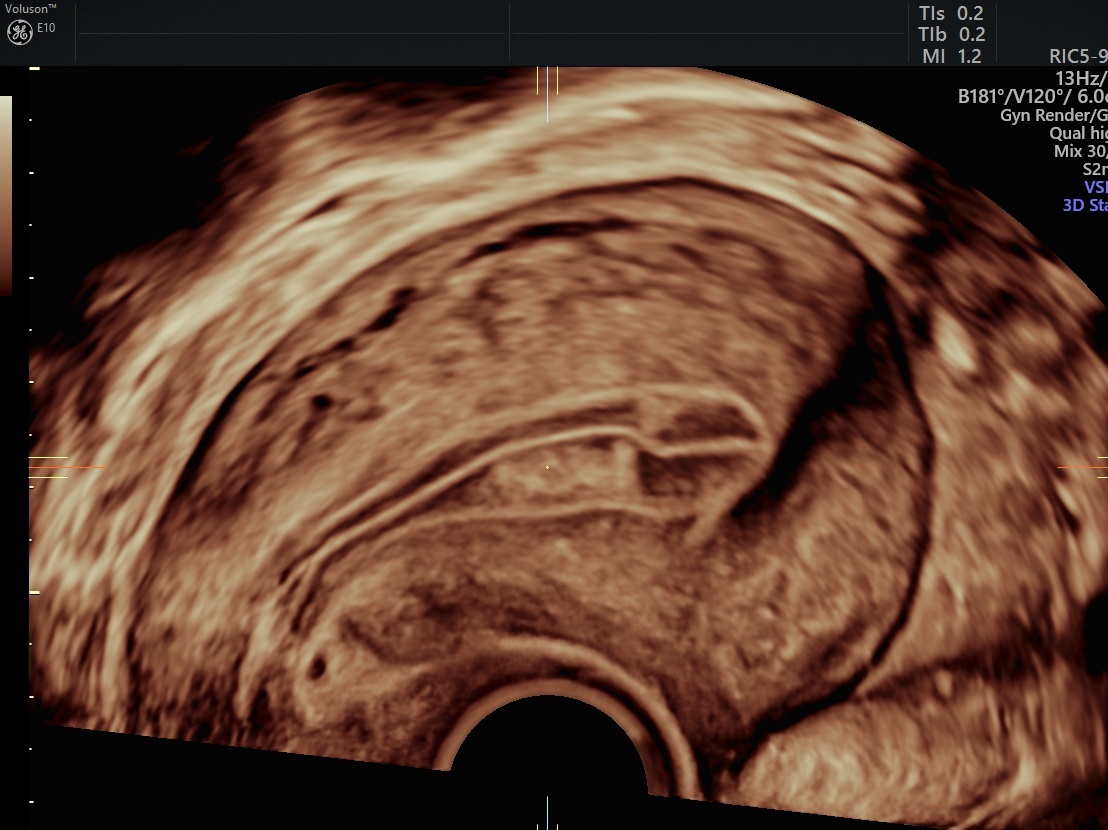Most gynecologists will encounter postmenopausal patients who experience bleeding. An estimated 70 percent of gynecologist visits are due to abnormal uterine bleeding, according to New York-based gynecologist Dr. Steven Goldstein. Because postmenopausal bleeding treatment depends on the cause and severity of the problem, accurate evaluation and diagnosis are essential.
Know the Causes of Vaginal Spotting After Menopause
Because there are multiple potential causes of postmenopausal bleeding, it's crucial for gynecologists to quickly and accurately evaluate the problem before patients begin treatment. Endometrial cancer is a natural concern for patients with postmenopausal bleeding, but only about 1 to 14 percent of women experiencing this symptom will be diagnosed with the disease, according to the American Congress of Obstetricians and Gynecologists.
Most cases of postmenopausal bleeding result from age-related thinning and atrophy of the endometrium and vagina or from the use of hormone replacement therapy. Other causes include endometrial polyps, uterine fibroids, hyperplasia and infections of the uterus or cervix.
Why 3D Ultrasound Is an Important Diagnostic Tool
While cancer isn't the most likely cause of postmenopausal bleeding, the risk is serious enough to warrant fast and precise evaluation. The most effective tool for evaluating bleeding is transvaginal ultrasound. This imaging tool uses 3D technology to visualize the pelvis and reconstruct the coronal plane to create images that more realistically represent the uterus and other pelvic organs. According to the World Journal of Radiology, the results of a 3D pelvic ultrasound for abnormal bleeding can help clinicians more precisely identify causes of postmenopausal spotting, including fibroid tumors, endometrial polyps and uterine adhesions.

3D Image of endometrial polyps
When it comes to preparing for postmenopausal bleeding treatment, the benefits of 3D transvaginal ultrasound include:
- Accessibility: Transvaginal ultrasound tests can be offered directly from your office, eliminating the need for patient referrals and hastening the time to diagnosis.
- Accuracy: With 3D transvaginal ultrasound, you can determine the thickness of the endometrium, a critical differentiator in uterine cancer.
- Timeliness: Because 3D ultrasound has a high negative predictive value, it can help quickly rule out cancer and bring you and your patient one step closer to an accurate diagnosis.
Improving Postmenopausal Bleeding Treatment
By using 3D transvaginal ultrasound, you can improve the odds of choosing the best postmenopausal bleeding treatment for your patients. Depending on the cause of bleeding, transvaginal ultrasound technology may guide you toward treatments that address the thinning and atrophy of vaginal tissues, such as estrogen cream. Changes to the dosing of hormone replacement therapy may also help treat postmenopausal bleeding if these medications are the trigger. If a transvaginal ultrasound identifies uterine polyps or fibroids, surgical removal may be warranted. On the other hand, a diagnosis of uterine cancer will necessitate a referral to an oncologist for surgery, chemotherapy or radiation.





